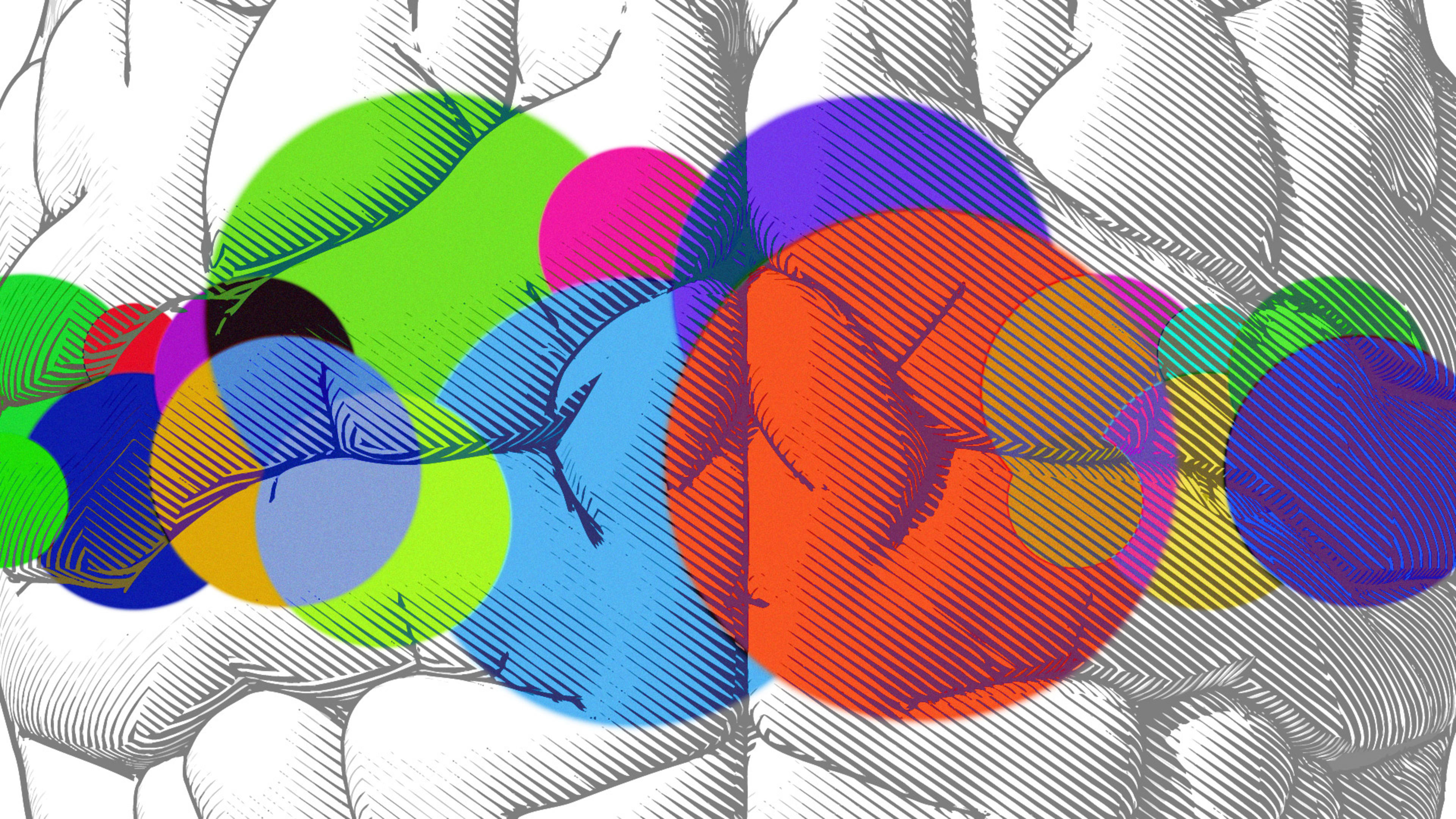You’ve probably had moments when completing a report feels tedious, or brainstorming new ideas seems like a chore. But you’ve presumably experienced times where the opposite was true–you got into the groove, and everything just came effortlessly. This was likely because what you were doing was in sync with your brain’s natural flow at the time.
Most jobs have tasks that require both creative and analytical thought. The trick to working at your best–both efficiently and effectively–is recognizing when you’re in the right state of mind for each of those undertakings.
Scientists have worked relentlessly to understand how the brain works. However, when it comes to effectiveness at work, what works for one person doesn’t always work for another. Authors Michael Breus and Daniel Pink have both conducted an in-depth investigation on this topic and have written books on how people’s “chronotype” determines the type of activities they should be doing at different times of the day.
To tap into your brain’s natural flow and make the most of most of your to-do list and your time, follow this four-step process.
Step one: classify your tasks
Start by dividing your work into two different categories: tasks that require more creative thought, and those that are more analytical. Of course, bear in mind that many projects have both analytical and creative components to them. Your instinct may tell you to complete the project from start to finish, but you can produce a much better output if you break them into smaller chunks, and tackle them on different times, depending on what type of work it is.
Related: The hidden reason these common productivity habits help your brain
Step two: remember your past successes
The next step is to determine when your brain is primed to tackle creative projects, and when it will work better on analytical ones. Think of a time that you worked creatively without boundaries, and what that success looked like in detail. What were the circumstances? Where were you? What was the time of day? What had happened before and afterward? What were you working on? How long did it take? What was the outcome? How did it feel?
Then repeat that process in relation to to your analytical tasks. Not only will you gain insights into when your brain is most efficient, but you’ll also get a natural boost from reliving your successes.
Step three: Observe your habits
Notice your work habits throughout the day. When do you see yourself being the most productive? What type of work are you doing during that time? What are you avoiding during that time?
Go back a week, or even a month to assess your patterns. It takes a bit of reflection to determine the times that you are more creative and when you are more analytical. Think back on a time when you thought, “I just can’t do this right now.” Depending on what you were doing, this is your brain telling you that you need a little more analytical or creative juice to do the task. Perhaps you found yourself repeatedly procrastinating on a specific task. Rather than use up your willpower to do something that your brain doesn’t want to do, try doing that activity at a different time of day and see what happens.
Related: This is what happened when I scheduled time to procrastinate
Step four: Shift your tasks around as it makes sense
Next, try looking at different projects at different times of the day. When you sit down first thing in the morning, give yourself the option of two tasks–one analytical and one creative–and notice what appeals to you. Do the same thing mid-morning and in the afternoon. If you’re a person who sometimes does additional work in the evening, complete the same observation at night.
You’ll find that by allowing your brain to complete the tasks that it gravitates toward, it becomes easier to focus. After all, you won’t have to waste your energy by forcing your brain to operate out of your natural state. Keep in mind that your “optimal” time might not necessarily come like clockwork–for example, you might be more creative after you complete particular tasks, after you release some stress, or after you interact with a specific individual. The goal is to notice your own patterns, and see if you can work around that.
You’ll find that when you have a better handle on categorizing your tasks, making even a small shift to accommodate that can make a big difference. Play around with this for a while until you understand your internal clock more clearly. Not only will you learn to maximize efficiency, you may even create more hours in your day.
Lisa M. Aldisert, PhD, is a New York City-based leadership adviser, trend expert, speaker, and author. She is president of Pharos Alliance Inc., an executive advisory firm specializing in strategic planning and organizational and leadership development for entrepreneurial organizations.
Recognize your brand’s excellence by applying to this year’s Brands That Matter Awards before the early-rate deadline, May 3.
